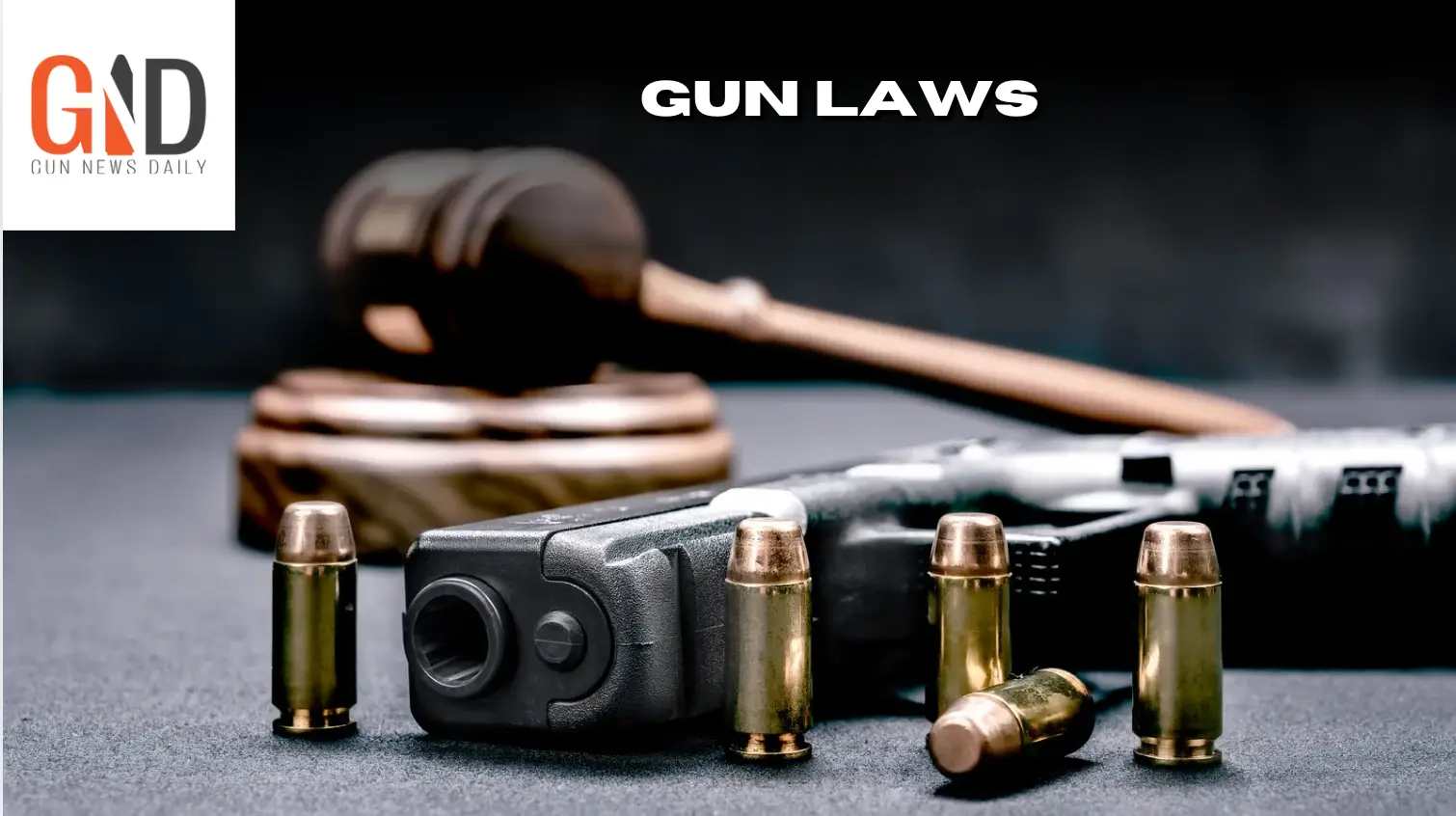When the Ultimate Fighting Championship was nearly defunct, Donald Trump gave the organization a platform to display what would become one of the biggest sports empires in the world.
Trump’s relationship with UFC President Dana White dates back to 2001, when the UFC was beloved by only hardcore fight fans.
The organization had gained a cult following in the 1990s with names like Royce Gracie, Ken Shamrock, Chuck Liddell, and Tito Ortiz headlining cards. Despite the company and those fighters being household names for fathers and sons who rented UFC tapes at their local video store, the company was running on fumes and nearing its end.
Money had dried up so much that owner Semaphore Entertainment Group was unable to fund the DVD releases of its last seven events from 1999-2000; UFC 23-29 subsequently became referred to as the “dark ages” of the UFC.
When Station Casinos executives Frank and Lorenzo Fertitta, along with their business partner White, bought the UFC in 2001, all signs pointed to a failing business.
‘I had my attorneys tell me that I was crazy because I wasn’t buying anything.’
White said in 2011 that at first, he and his partners were sports fans looking to invest in boxing. After attending a UFC event, however, the trio began taking jiujitsu classes and fell in love with the sport.
This piqued the group’s interest, and with White managing fighters Liddell and Ortiz, they found the perfect opportunity to get their hands on the company.
“It was going out of business,” White said of the UFC. “I called [the Fertittas] and said, ‘I think this thing’s in trouble, I think we can buy the UFC,’ and a month later we owned the company.”
Lorenzo Fertitta recalled years later that when he bought the UFC, his lawyers couldn’t grasp the purchase, asking him exactly what he was getting in exchange for the large sale price.
“I had my attorneys tell me that I was crazy because I wasn’t buying anything. I was paying $2 million and they were saying ‘What are you getting?'” he told Fighter’s Only in 2009.
The owner called the promotion a “never-ending black hole” that kept absorbing his checks as fast as he could write them.
However, with the company now under their belt, White and the Fertittas began plotting how to get the business profitable and started their journey to get sanctioned in flourishing markets.
The Trump Taj Mahal era
For years, the UFC was seen as a barbaric and brutal sport not fit for regular consumption. Different fighting organizations had different rules that were deemed too violent by many jurisdictions.
Visions of knee and soccer kicks to the heads of downed opponents were visions that the new owners had to erase from the minds of legislators.
Therefore, legendary UFC referee John McCarthy worked as part of a group of experienced martial arts experts who met with different governing bodies to establish a set of rules.
The tipping point was when the group teamed up with the New Jersey State Athletic Control Board to create unified mixed martial arts rules.
‘They couldn’t get a venue because of the danger.’
As MMAWeekly noted, this took place in September 2000.
By the time the Fertittas and White took over in January 2001, the UFC had already held one sanctioned event in New Jersey; UFC 28 on November 17, 2000, at the Trump Taj Mahal.
Soon, two more events would take place at the Trump-backed arena: UFC 30 in February 2001 and UFC 31 in May 2001.
Trump talked about the beginning of his relationship with the UFC owners in a 2023 interview with former UFC champion Matt Serra, who fought at one of the Trump Taj Mahal events.
“I respected Dana a lot,” Trump began. “[The UFC] couldn’t get a venue because of the danger. People thought it was so dangerous — and they happened to be right about that — but they couldn’t get a venue and I supplied them with a venue.”
White said the same in 2016, telling the Republican National Convention that arenas refused to host UFC events, and nobody took them seriously.
White and the Fertittas knew, however, that although their events were welcomed in New Jersey — and other smaller markets like the Mohegan Sun Arena in Connecticut — they needed to get their shows sanctioned in Nevada under the unified rules.
“It was perceived as being just like death,” Trump continued. “So a lot of the athletic commissions wouldn’t do it, and owners wouldn’t do it, and they couldn’t get venues, and I gave them venues early on.”
Donald Trump and musician Kid Rock at UFC 287 in Miami.Matias J. Ocner/Miami Herald/Tribune News Service via Getty Images
Trump provided what would become a launching pad for the UFC to prove, under the New Jersey unified rules, that the UFC could be mainstream, professional, and safe, and therefore become recognized by official governing bodies.
The new rules helped the UFC’s image greatly. Fighters now had to wear trunks, specific gloves, and were not permitted to wear any other attire (UFC fighters used to be allowed to wear shoes, gis, and even shirts).
New weight classes were also implemented, from flyweight (125 pounds) all the way up to super heavyweight (over 265 pounds). The latter has only been used once by the UFC, at UFC 28 at the Trump Taj Mahal.
From October 2000 all the way until late June 2021, the Trump Taj Mahal was the only U.S. venue to put on a UFC event.
During this time, the State Athletic Control Board of New Jersey held a meeting to discuss the regulation of mixed martial arts events. Nick Lembo, counsel to the SACB, recalled that the April 2001 meeting proposed uniform rules that were to be agreed upon by several “regulatory bodies, numerous promoters of mixed martial arts events and other interested parties.”
All parties allegedly signed off on the uniform set of rules, with the anticipation of more regulatory bodies adapting them soon thereafter.
Nevada was among the jurisdictions to subsequently adopt the unified rules, and by September 2001, the UFC was hosting its first sanctioned event in Las Vegas.
UFC 33 marked a turn for the company, and while White said years later that “every fight” on the card “sucked,” the event sold out and returned to Pay-Per-View with 75,000 buys.
Modern influence

Now, despite over 200 events in Las Vegas, Trump is still sitting cage-side during many of the organization’s most monumental moments.
His appearances at the events have become headline-makers in their own right, as outlets anticipate which personalities will appear in his entourage and what role their relationship may play in his politics.
“I knew you were a fan,” Serra told Trump in 2024.
Serra recalled that even though UFC 32 was held at the Meadowlands in New Jersey — not the Trump Taj Mahal — Trump was still in the audience.
That love of the sport is not only felt by the fans but by the fighters, as well.
Near limitless UFC athletes have voiced public support for the president in recent years, perhaps most notably Colby Covington, who adopted a “Make America Great Again” hat in 2018.
That support has grown to the biggest athletes in the sport, including heavyweight champion Jon Jones, former “Baddest” UFC fighter Jorge Masvidal, and perpetual contender Michael Chandler.
‘Donald championed the UFC before it was popular.’
White himself has explained that his fighters relate to the president for the same reasons Americans do; he is a person who uplifts himself and others around him, often persevering when odds are stacked against him.
“Trump Donald was the first guy that recognized the potential that we saw in the UFC and encouraged us to build our business,” White said in 2016. “He dealt with us personally, he got in the trenches with us, and he made a deal that worked for everyone.”
“Donald championed the UFC before it was popular, before it grew into a successful business, and I will always be grateful … so grateful to him for standing with us in those early days.”
The UFC now promotes Trump with his own entrance videos and has him walk to his seat as if he is about to fight. Broadcasts feature like-minded celebrities throughout the entire show as part of an ever-growing ecosystem of influencers that has been built between his two administrations.
This relationship between the presidents of both the UFC and the United States appears to be mutually beneficial, but in terms of influence, Trump’s early adoption of the sport seems to be paying dividends.
Read the full article here




![Dirty Late Hit Ignites On-Field Fight, Fans Throw Trash At Ejected Texan [WATCH] Dirty Late Hit Ignites On-Field Fight, Fans Throw Trash At Ejected Texan [WATCH]](https://www.rvmnews.com/wp-content/uploads/2024/12/2024.12.01-08.49-rvmnews-674ccbd944cfc.jpg)


![Hakeem Jeffries Joins AOC with Apparent Threats Against Federal Law Enforcement [WATCH] Hakeem Jeffries Joins AOC with Apparent Threats Against Federal Law Enforcement [WATCH]](https://www.lifezette.com/wp-content/uploads/2025/05/2025.05.14-01.05-lifezette-682495006a25b.jpg)


